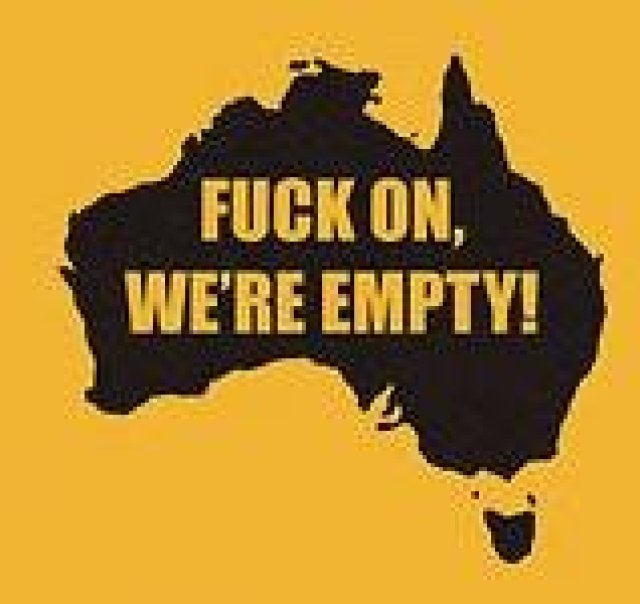
“Lunchtime midweek in Campbelltown’s main street in the heart of western Sydney is a slow-moving affair”, the Australian’s Jennifer Hewett wrote on July 23.
“Cars drive in and out of the one-way street at a leisurely pace. Business is not exactly booming in most of the small, tired-looking shops. There’s plenty of room on the footpath for pedestrians.”
And it’s not surprising there’s plenty of room in Campbelltown. The department of workplace relations said, according to the August 2006 census, the population of the Campbelltown local government area (LGA) fell by 2.1% between 2001 and 2006 — a net loss of 3019 people.
Many areas of Sydney experienced population decline between 2001 and 2006. Some of the booming new suburbs of the 1960s and ’70s are slowly emptying out.
While the children have grown up and moved on, many of their parents have stayed behind. And when these empty nesters own their own home, there is little incentive to move.
To pick just one example, between 2001 and 2006, the Sutherland Shire added 2494 new dwellings but failed to arrest the decline in population. With fewer people in each home, the number of residents fell by 1015, a November 24, 2008 Sutherland Shire Council report found.
A declining population can go hand in hand with rising house prices. But with fewer residents and more of them on aged pensions, local shops will struggle.
Planners in areas like Fairfield and Sutherland worry about the future viability of smaller retailers. The report noted: “the negative growth rate of 0.15% [in Sutherland] represents a population that is stagnant. The lack of growth will have long term adverse consequences for Sutherland Shire.
“This suggests a difficult future for retailers in the smaller centres of the Shire, particularly given that Westfield Miranda also has the capacity to expand by 25% and it is expected to pursue this potential.
“Without growth, the local business community will not be able to compete against the strength of the largest retailers.”
Not everyone is worried. Some argue that renewal is just a matter of time. A July 2009 report prepared by the Victorian Department of Planning and Community Development said: “With household sizes diminishing as a result of this out-movement of young adults, such suburbs experience population decrease. Over time, such suburbs will see an ageing and dying off of older populations and a renewal as new households move into the area.”
With so much of our urban space devoted to low density housing, Australia’s population debate seems surreal.
Even inner suburban LGAs like Sydney’s Leichhardt are less densly populated than at the end of the ’60s. Leichhardt’s population may have increased since 2001 but the population was higher in 1971 than it was in 2001, an October 2003 Leichhardt Municipal Council report found.
Columnists like the Herald Sun’s Andrew Bolt say that our cities “bursting at the seams”, but even he knows that the problem isn’t too many people in too little space. The real problem is that we don’t have the planning and infrastructure we need to make our cities work.
Simply releasing more land on the fringe will dump more traffic onto already congested roads. And allowing yesterday’s greenfield developments to decay into under-populated “greyfields” will see local shopping centres giving way to larger more distant shopping malls and even more traffic.
Free parking might not last too much longer.
In time, the new suburbs on the fringe will go into decline. But if travel-to-work times rise and petrol becomes more expensive, some may never undergo renewal.
In the March 2008 Atlantic, Christopher Leinberger warned that the US’s outer suburbs may become the new slums. There’s a risk that some of our new suburbs will too.
[Reprinted from Club Troppo. It is republished according to a creative commons copyright.]